Nine Northern Italian Destinations to Visit After You View Christo’s “Floating Piers”
Cultural and historical treasures abound near Lake Iseo
/https://tf-cmsv2-smithsonianmag-media.s3.amazonaws.com/filer/0e/24/0e24e1a2-f12e-40cc-869b-187263b2f96f/dsc07404_resize_2.jpg)
What would it feel like to walk on water? Christo, the artist who encircled several Florida islands in pink fabric and crisscrossed Central Park with pathways of orange gates, has the answer. Through July 3, the artist's latest installation, “The Floating Piers,” will allow visitors to stroll across Lake Iseo, Italy on a 16-meter-wide floating walkway that undulates with the water’s movement.
“Probably some people will be uneasy at first, walking half a kilometer across the lake,” Christo, whose full name is Christo Vladimirov Javacheff, tells Smithsonian.com. “But after seeing other people, they will become comfortable.”
Christo's imaginative work of art—decades in the making—opens in a region already popular with tourists for its lakes, mountains and historic sights that span across centuries of human creativity. A trip to Lake Iseo wouldn't be complete without journeying through the medieval villages and castles sprinkled around its shores, not to mention exploring the Roman ruins, hot baths and prehistoric rock drawings in Valcamonica. Here are Smithsonian.com's top picks to sweeten a trip to northern Italy this summer:
Archaeological and Historical Sites
Val Camonica (Camonica Valley)
The rock drawings in Val Camonica hold the honor of being Italy's first Unesco World Heritage Site. The valley, which earned the United Nations distinction in 1979, gets its name from the Camuni people who lived in the area during the Iron Age. Val Camonica is one of the world's greatest collections of prehistoric petroglyphs carved in rock over a period of 8,000 years.
The 250,000-plus rock engravings depict everything from early nomads and hunters to themes with early nomadism and hunting all the way to themes associated with Christianity during the Medieval age. It's a dizzying trip through human history that's a Lake District must-see.
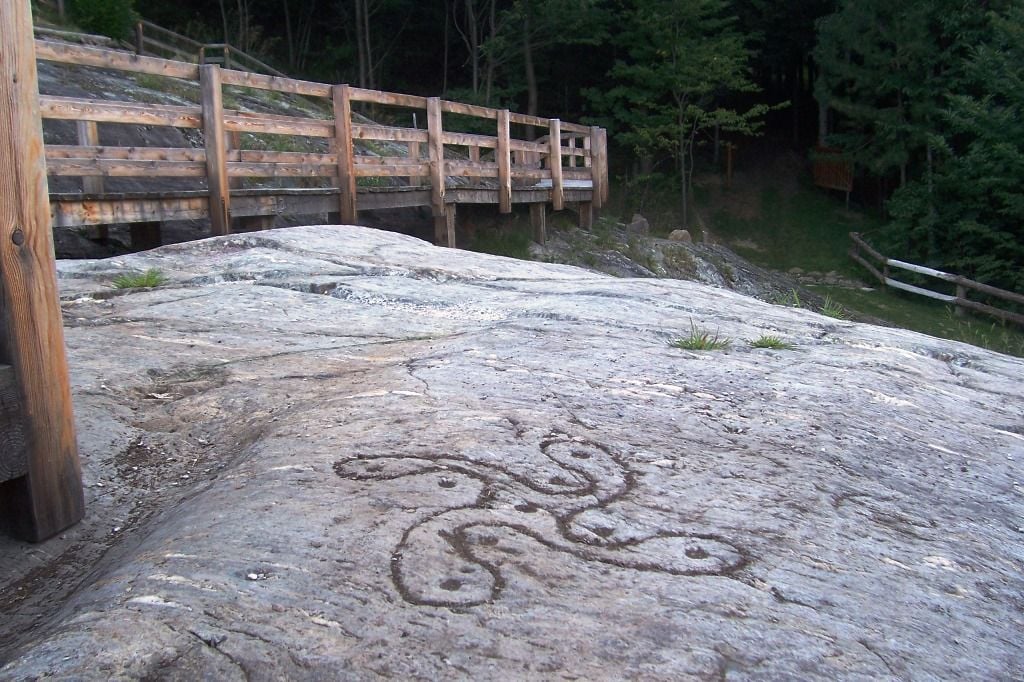
The Capitolium, Brescia
The Capitolium, built by Emperor Vespasian in 73 AD, was a religious site and the monumental center of ancient Brixia, now known as Brescia. In 2013, the temple was opened to the public after a lengthy restoration process. Today, visitors to the temple—dedicated to the triad of main Roman gods, Jupitoer, Juno and Minerva—can experience a sort of Ancient Roman time capsule. The original colored marble floors are still intact inside the Capitolium, along with altars made of Botticino stone and statues.
Brescia itself holds a treasure trove of history. It is one of the largest archaeological parks in Northern Italy, and rests on the remains of a 1st-century Roman-era piazza once home to Brixia's thriving commerce district.
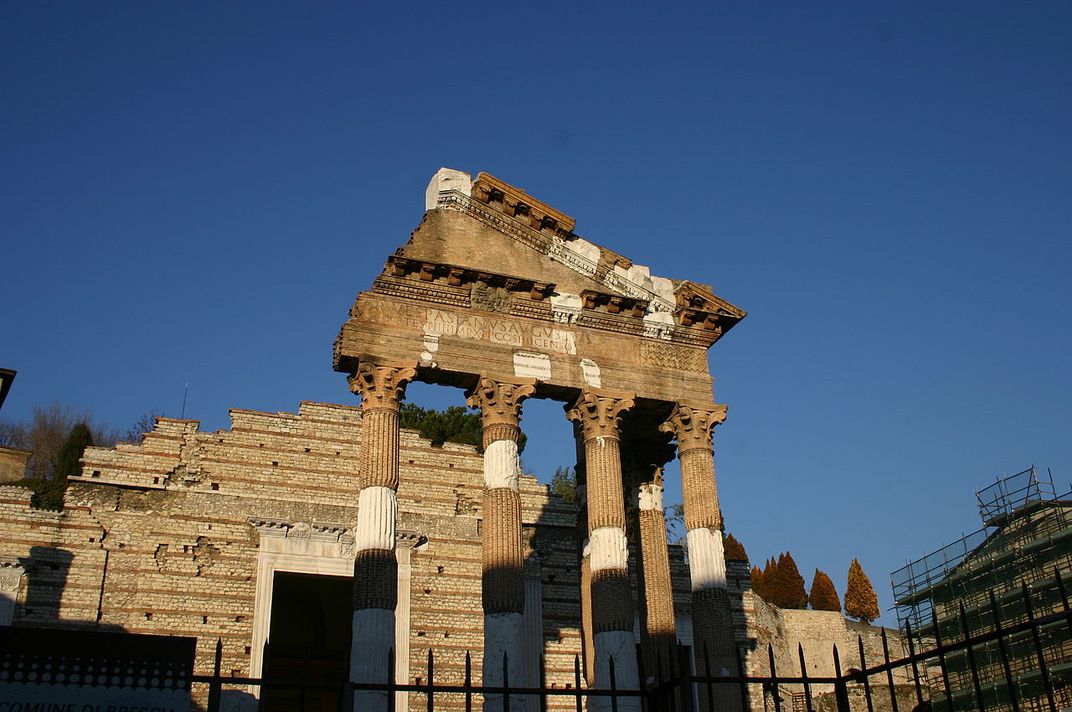
Arts and Exhibits
Santa Giulia Museum, Brescia
Can't get enough of Christo? The Santa Giulia Museum in Brescia has you covered. Since April 7, the museum has been featuring a temporary exhibit titled "Christo and Jeanne-Claude Water Projects." Running until September 8, the retrospective spans more than 50 years and showcases the behemoth effort that went into seven of the couple's Water projects. In total, 150 studies, original drawings and collages, along with photographs of completed projects and related videos and films related to their work, are on view.
The display is, of course, timed for the opening of "The Floating Piers", which marks the return of a Water project to Italy after a 40-year absence. The multimedia section takes the exhibit all the way to the present, showcasing pictures taken by visitors who have "walked" on water.
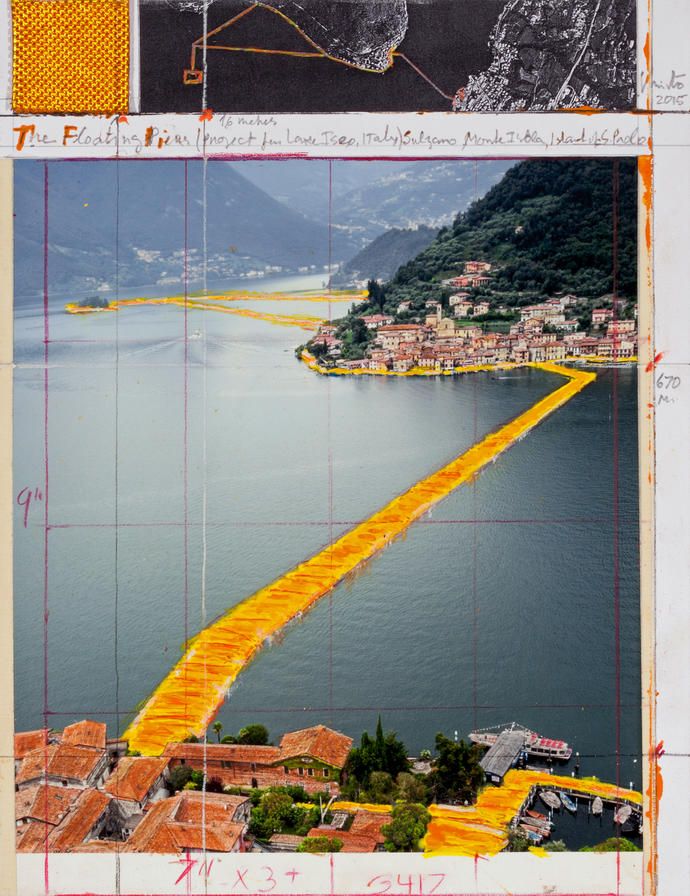
Galleria Tadini, Lovere
Right off the shores of Lake Iseo, discover the works of major artists, including Jacopo Bellini, Parmigianino, Tintoretto, Palma Il Giovane, Tiepolo and Hayez, on display at the Galleria Tadini in Lovere. The gallery, opened in 1828 by Count Luigi Tadini, features paintings, sculptures, musical instruments, weapons and armor, many of which comes from Tadini's own collection. The building's Neoclassical design was created by the count's nephew, an architect named Sebastiano Salimben.
The museum's structure has remained unchanged for nearly 200 years. Inside the building, visitors can even see a painting of the castle during Tadini's time. The full collection, which is displayed in more than 22 rooms, moves from the 15th century to 20th century. Count Tadini collected up until the 18th century, and donations since have furthered the gallery's acquisitions, including a recent push toward local art. Today, Fondazione Accademia di Belle Arti Tadini runs the art gallery, which maintains the museum in the count's honor as a place for arts, letters and natural sciences.
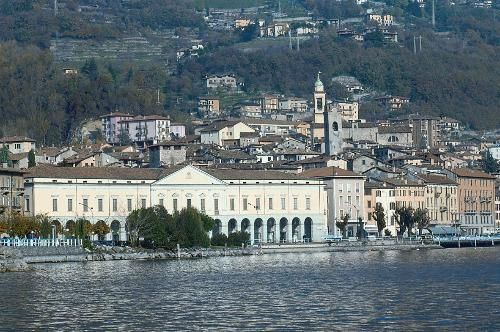
Santa Maria della Neve church, Pisogne
The 15th-century Roman Catholic church in the town of Pisogne has always been owned by the people of the town. Around 1530, they decided to commission a well-respected artist to paint the frescoes, and selected Renaissance painter Romanino. Taking inspiration from Michelangelo’s frescoes at the Sistine Chapel, Romanino create his own emotive cycle on the passion, death and resurrection of Christ in Santa Maria della Neve. His work highlighted the importance of the church, where pilgrims began their journey to Pilzone.
Today, the church has become a destination for the next generation of visitors traveling to Pisogne. Santa Maria della Neve is open from Tuesdays through Sundays from 9:30 a.m. to 11:30 a.m. and 3 p.m. to 6 p.m. If the church is closed, never fear. As one guidebook advises, just go next door to Bar Romanino and ask for a key to get in.
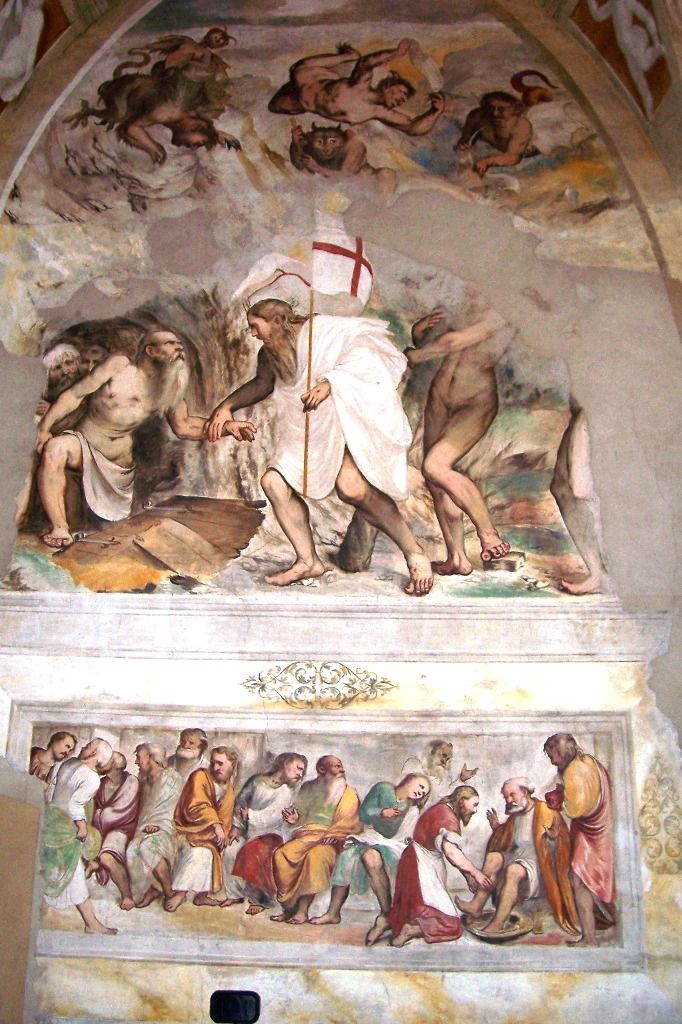
Santa Maria delle Grazie, Milan
No trip to the region is complete without a visit to Leonardo Da Vinci’s masterpiece, The Last Supper, housed in the Santa Maria delle Grazie, a church and former Dominican monastery first built in 1463. The masterpiece has had a fraught history, Fodor's reports: It has survived damp surroundings, poor attempts at restoration, and possible white-washing by monks, not to mention an American bombing raid in 1943. Today, though, the work has been rehabilitated and vistors can see the Unesco world heritage site—and Leonardo's timeless depiction of one of history's most famous meals—in its full glory.
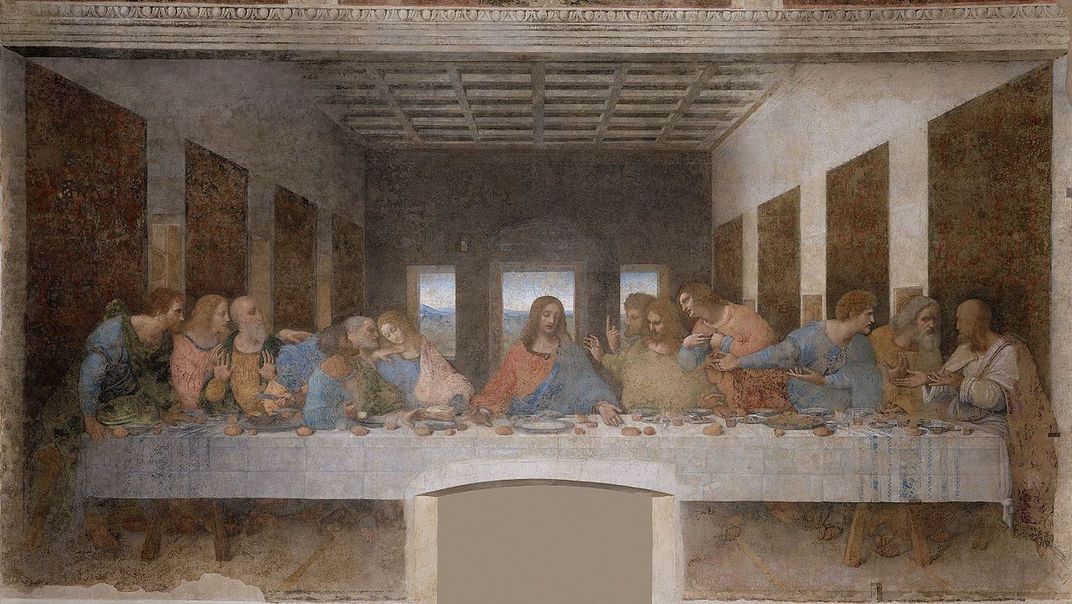
Festivals
Scolpire in Piazza, Paratico
A particular type of sandstone used in Classical architecture called "Sarnico stone" is found in the hills of Paratico, located on the southern tip of Lake Iseo. Every year, local and international stone artists set up camp on the "Viale dei Volti", a row of sculpted stone faces created during the annual “Sculpire in Piazza” event. This year, catch the sculptors carve en plein air in Paratico for a week starting June 18.
Cantiere di Scultura - 23 luglio 2012 pic.twitter.com/922l4VRE
— Scolpire in Piazza (@scolpirepiazza) July 23, 2012
Festival Franciacorta d'estate in Franciacorta
Franciacorta, Italy's sparkling wine region, is breaking out the bubbly to celebrate Christo. The two-day summer party featuring micro-themed events, guided tours and, of course, wine tastings will run the weekend of June 25-26. The festival will be spread out throughout the country, including all restaurants, taverns and farms associated with the sponsor Strada del Franciacorta. Be sure to designate a driver—more than 60 wineries will be on hand on Sunday with plenty of tempting samples.
#FestivalFranciacorta in corso!
— Franciacorta (@Franciacorta) March 21, 2016
A Padova oltre 40 Cantine in un grande banco d'assaggio, con seminari e degustazioni pic.twitter.com/DhBs5WVnBz
Arena di Verona, Verona
What is a trip to Italy without seeing an opera? The birthplace of the high art celebrates its craft through the oldest open-air opera festival in the world, now in its 94th year. This year's event will run from June 24 to August 28, and each acclaimed work will be performed in the historic Roman ampitheatre that gives the festival its name. One show not to miss? The "Queen" of the Arena di Verona’s Opera, Aida. The historical 1913 edition of the opera will be performed under the direction of Gianfranco de Bosio for three nights starting on June 25.
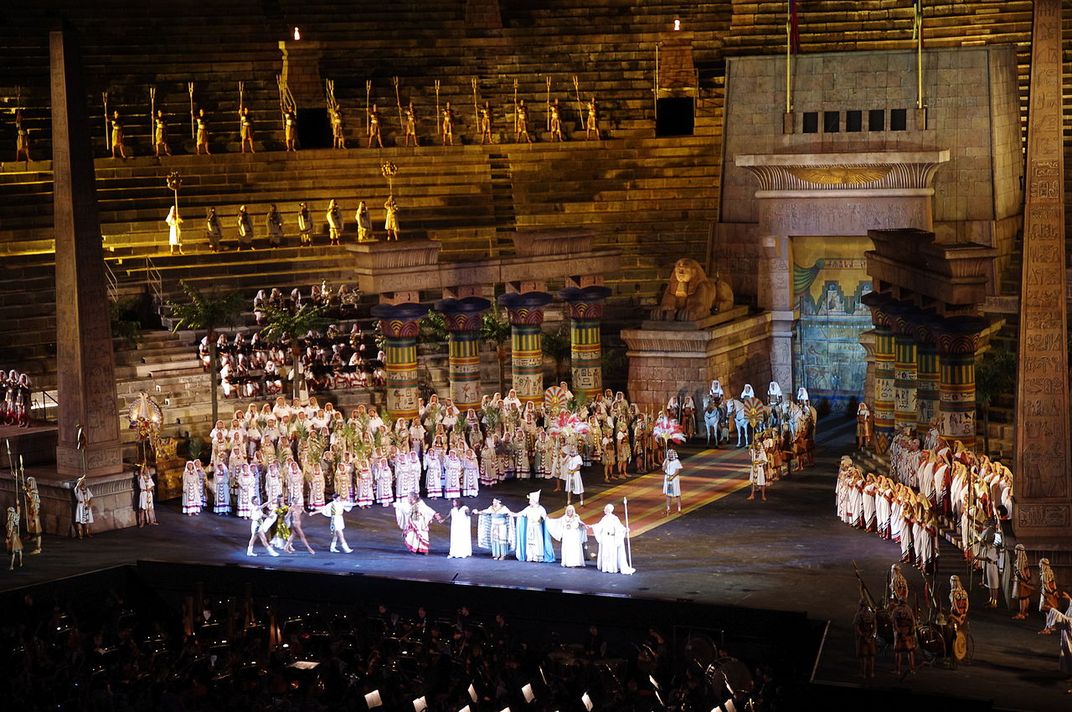
Planning Your Next Trip?
Explore great travel deals
Smithsonian magazine participates in affiliate link advertising programs. If you purchase an item through these links, we receive a commission.